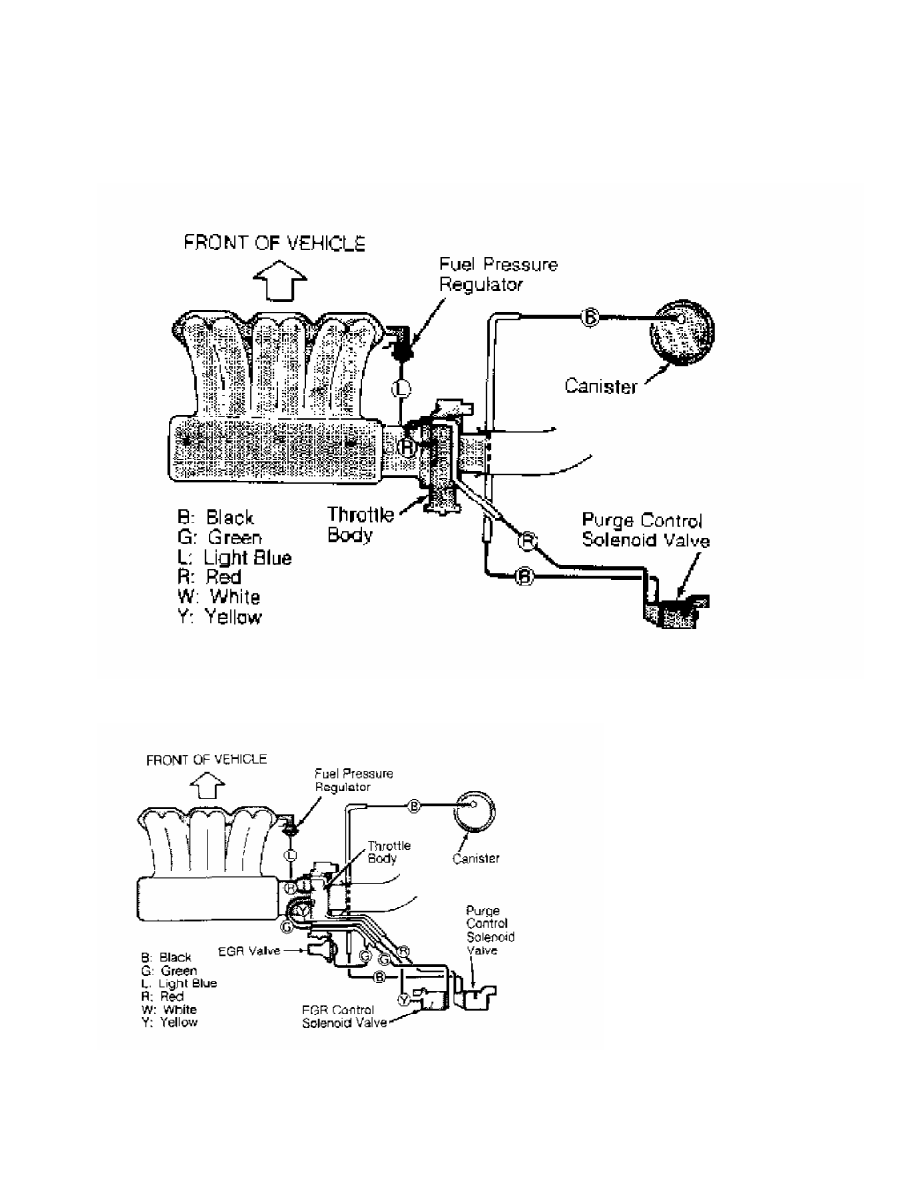Mitsubishi Montero (1991+). Manual - part 317

Fig. 21: Vacuum Diagram (Stealth & 3000GT/Fed.)
Courtesy of Chrysler Motors.
Fig. 22: Vacuum Diagram (Stealth & 3000GT/Calif.)
Courtesy of Chrysler Motors.
|
|
|

Fig. 21: Vacuum Diagram (Stealth & 3000GT/Fed.) Courtesy of Chrysler Motors. Fig. 22: Vacuum Diagram (Stealth & 3000GT/Calif.) Courtesy of Chrysler Motors. |